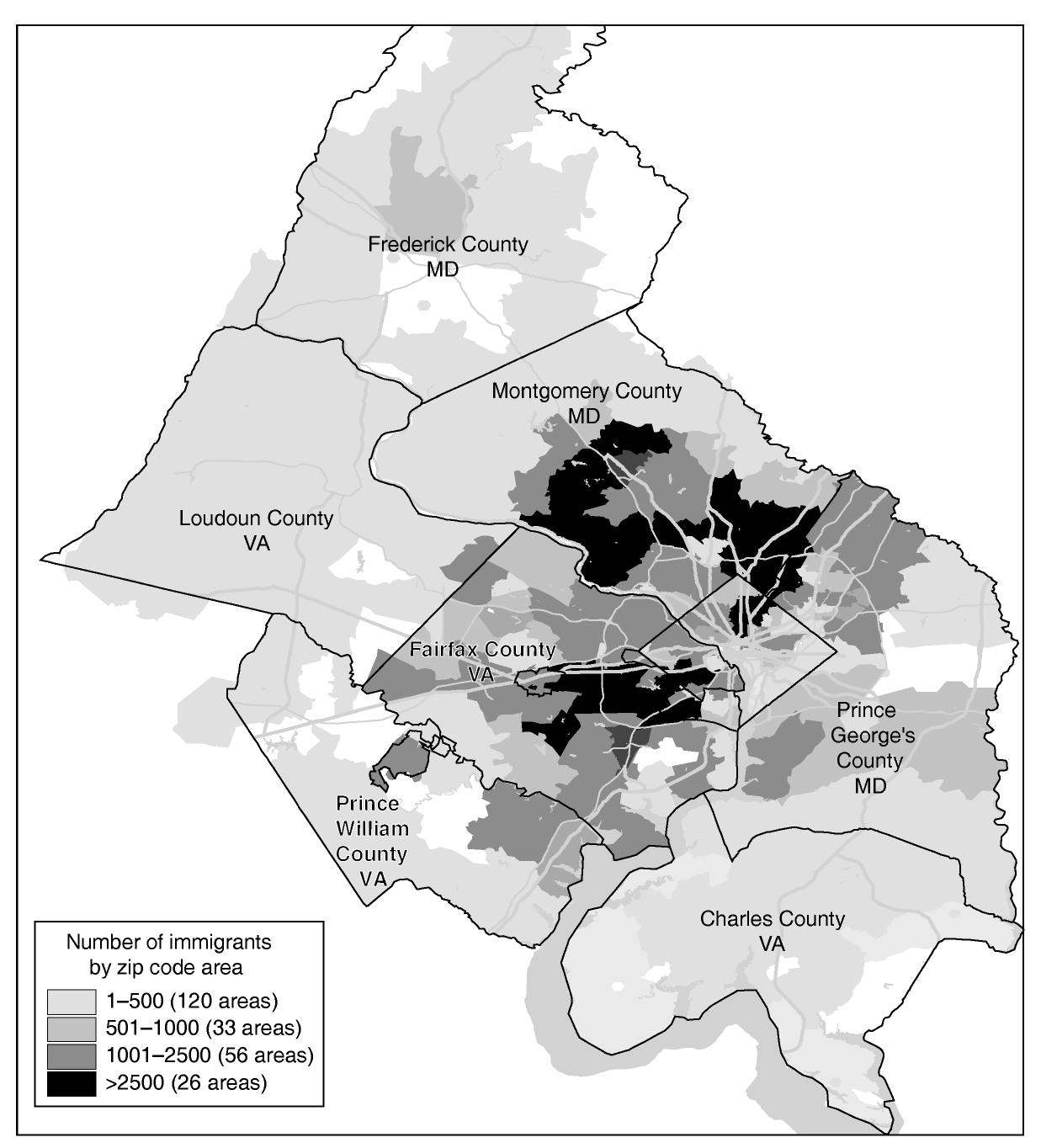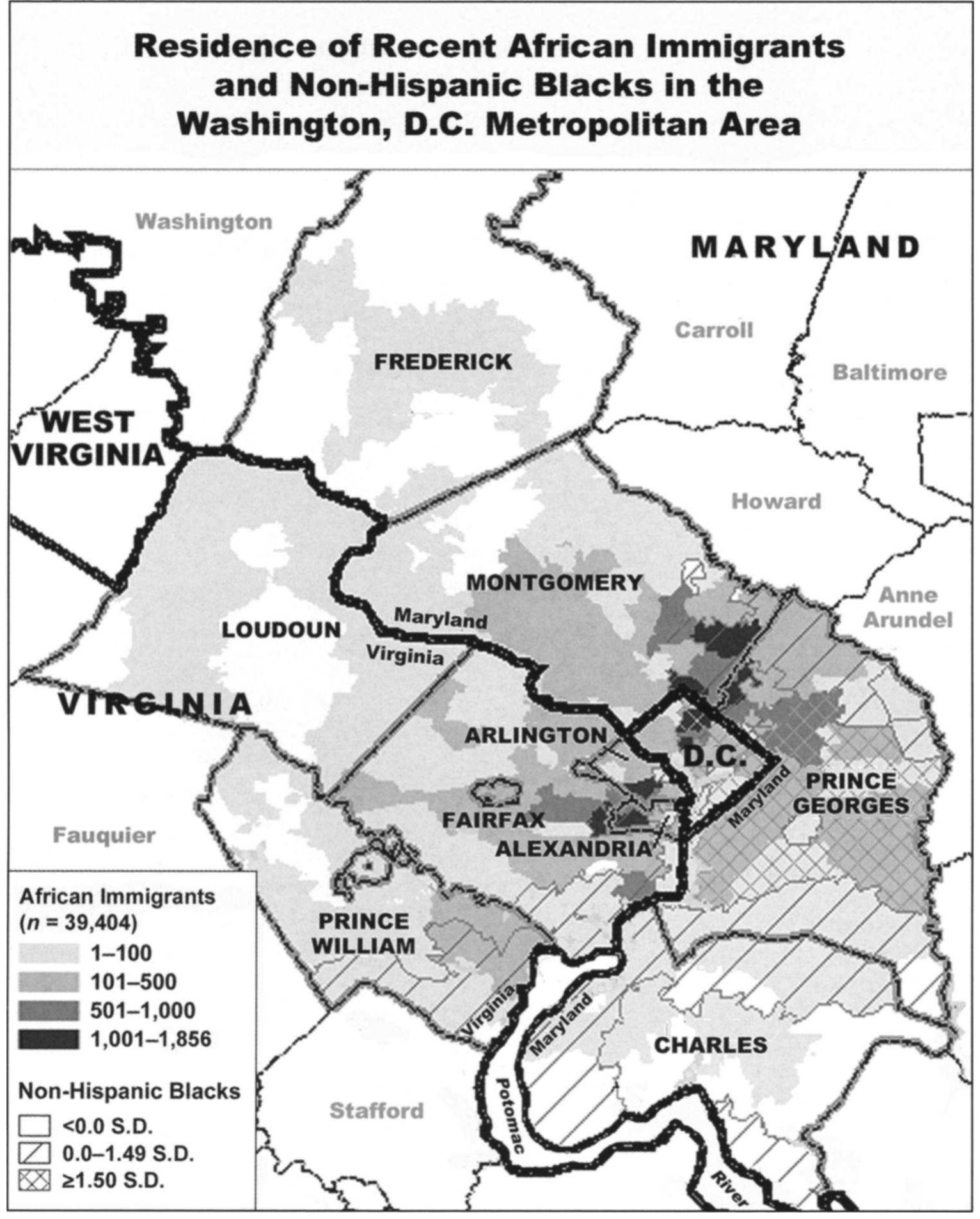Key research themes
1. How do ethnic boundaries shape social identity and group dynamics through spatial and social interaction?
This theme focuses on the conceptualization of ethnicity as a social organization defined by boundaries rather than simply cultural traits. It emphasizes the relational and constructed nature of ethnic group boundaries, how these boundaries are maintained, negotiated, and transformed in social contexts, and their material and spatial manifestations. Understanding ethnic boundaries is pivotal for grasping the dynamics of inclusion, exclusion, and identity formation within and between groups.
2. How is physical and social space racialized or ethnicized as a cultural product that shapes and reinforces identities and inequalities?
Research under this theme examines the role of physical space — including urban neighborhoods, public spaces, and cultural landscapes — as both shaped by and constitutive of ethnic and racial identities. It considers how spatial configurations, segregation, and ethnic enclaves produce symbolic and structural boundaries, affect social interactions, and reproduce racialized experiences and inequalities. Understanding ‘ethnic space’ as a cultural product elucidates the interplay between geography, identity, and power.
3. How do immigration and multicultural policies influence the formation and identity of ethnic spaces in urban and regional contexts?
This theme explores the impact of migration flows, multiculturalism, and policy frameworks on the spatial and social production of ethnic spaces. It investigates how immigrant communities integrate or segregate within cities and regions, how public policies promote or regulate cultural diversity, and how local and transnational dynamics shape ethnic identities and the socio-political ecology of ethnic spaces.
















































